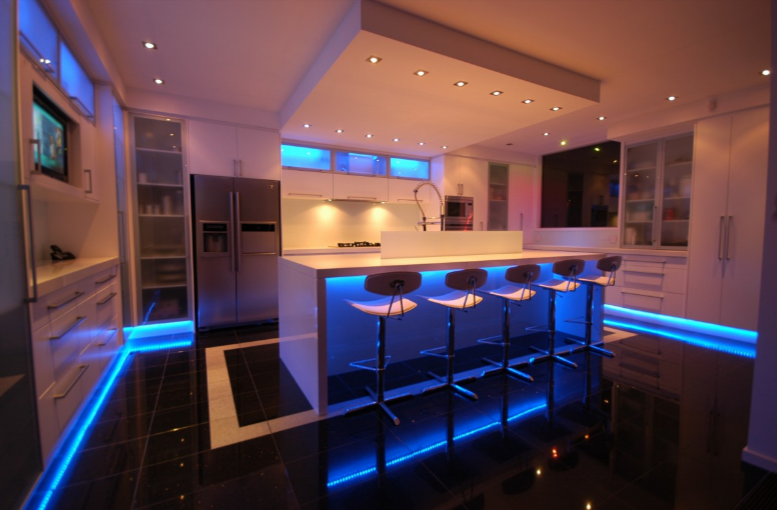The Importance of Lighting in Home Design
When it comes to home design, it’s easy to focus on big-ticket items like furniture and paint colors. However, lighting in home design is a crucial element that can make or break the look and feel of a space. Proper lighting can create a warm and welcoming atmosphere, while poor lighting can make a room feel dull and unwelcoming.
One of the key benefits of good lighting in home design is that it can highlight the features of a room and draw the eye to specific elements. This is especially important in areas like the kitchen, where task lighting is necessary for activities like cooking and reading. In living areas and bedrooms, ambient lighting can help to create a relaxing and inviting atmosphere.

Incorporating different types of lighting is also important for creating a cohesive and well-designed space. This includes using a mix of overhead lighting, table, and floor lamps, and wall sconces to create layers of light that can be adjusted to suit different activities and moods.
Another factor to consider is the color temperature of the lighting in a space. Warmer lighting (around 2700K) is more suitable for areas like bedrooms and living rooms, where a softer and more relaxed atmosphere is desired. Cooler lighting (around 5000K) is better suited for tasks like reading or cooking, where a brighter and more focused light is needed.
It’s also important to consider the placement of lighting in a room. Overhead lighting should be placed in the center of a room or over specific areas like dining tables or reading nooks. Table and floor lamps should be placed near seating areas or other areas where they will be used. Wall sconces can be used to add ambient light to a space or to highlight specific elements like artwork.
Incorporating good lighting into your home design is essential for creating a warm and welcoming atmosphere. By considering the types, color temperature, and placement of lighting, you can create a space that is functional and visually appealing.
